Dave Brubeck, 1920–2012
The pianist who reshaped the rhythms of jazz
By the jazz world’s wild standards, Dave Brubeck was a total square. He didn’t smoke or take drugs, and he limited himself to one martini before dinner. The pianist favored expressions like “baloney” and “you bet” over coarser alternatives. But when it came to music, Brubeck was anything but conventional. He experimented with challenging time signatures on tracks like “Take Five” and ran through all 12 keys on “The Duke,” winning the respect of his harder-living contemporaries. On tour in the Netherlands in the 1950s, stride pianist Willie “The Lion” Smith was asked by a reporter, “Isn’t it true that no white man can play jazz?” Smith gestured toward Brubeck and replied, “I’d like you to meet my son.”
Nothing in Brubeck’s background suggested that he was destined to be a jazz great. He grew up on the cattle ranch his father managed in northern California, said NBCNews.com. His mother, a classically trained pianist, banned her three sons from listening to the radio, believing they should play music if they wanted to hear it. The young Brubeck quickly mastered the piano, learning mostly by ear because he was born cross-eyed and had trouble reading music. Brubeck thought his future lay in ranching and had to be prodded to go to college, where at first he studied veterinary medicine. But he quickly “became smitten with jazz,” said the Associated Press, and switched his major to music.
After graduating in 1942, Brubeck enrolled in the Army as an infantryman, only to be pulled from frontline duty and given a military band to lead. There he met Paul Desmond, who would become Brubeck’s most important musical partner. The alto saxophonist “was a perfect foil; his lovely impassive tone was as ethereal as Brubeck’s style was densely chorded,” said The New York Times. Brubeck led a series of bands after being demobilized, and in 1951 he invited Desmond to join the Dave Brubeck Quartet. The group’s smooth West Coast sound proved a hit on college campuses, and “with the release of Time Out in 1959, Brubeck had an unexpected best seller,” said The Washington Post. It became the first jazz LP to sell more than a million copies, even though it included complex tunes like “Blue Rondo à la Turk.” The piece is in 9/8 time—nine beats to the measure instead of the customary four beats—and blended Turkish folk rhythms with jazz and Mozart.
The Week
Escape your echo chamber. Get the facts behind the news, plus analysis from multiple perspectives.

Sign up for The Week's Free Newsletters
From our morning news briefing to a weekly Good News Newsletter, get the best of The Week delivered directly to your inbox.
From our morning news briefing to a weekly Good News Newsletter, get the best of The Week delivered directly to your inbox.
This success didn’t “come without reservations in the jazz world,” said The Guardian (U.K.). Some critics suggested that Brubeck only topped the charts because he was white, even though the pianist was a high-profile civil rights activist. He refused to play any venue that barred black musicians—his bassist, Gene Wright, was black—and he turned down a 1958 tour of South Africa when told that he could only perform with an all-white band. Brubeck always believed that race was irrelevant to music, explaining that jazz was based on the universal rhythm of the human heart. “It’s the same anyplace in the world, that heartbeat,” he said. “It’s the first thing you hear when you’re born—or before you’re born—and it’s the last thing you hear.”
A free daily email with the biggest news stories of the day – and the best features from TheWeek.com
-
 The small Caribbean island courting crypto billions
The small Caribbean island courting crypto billionsUnder the Radar Crypto mogul Olivier Janssens plans to create a libertarian utopia on Nevis
-
 Political cartoons for December 21
Political cartoons for December 21Cartoons Sunday’s political cartoons include Christmas movies, AI sermons, and more
-
 A luxury walking tour in Western Australia
A luxury walking tour in Western AustraliaThe Week Recommends Walk through an ‘ancient forest’ and listen to the ‘gentle hushing’ of the upper canopy
-
 Joanna Trollope: novelist who had a No. 1 bestseller with The Rector’s Wife
Joanna Trollope: novelist who had a No. 1 bestseller with The Rector’s WifeIn the Spotlight Trollope found fame with intelligent novels about the dramas and dilemmas of modern women
-
 Frank Gehry: the architect who made buildings flow like water
Frank Gehry: the architect who made buildings flow like waterFeature The revered building master died at the age of 96
-
 R&B singer D’Angelo
R&B singer D’AngeloFeature A reclusive visionary who transformed the genre
-
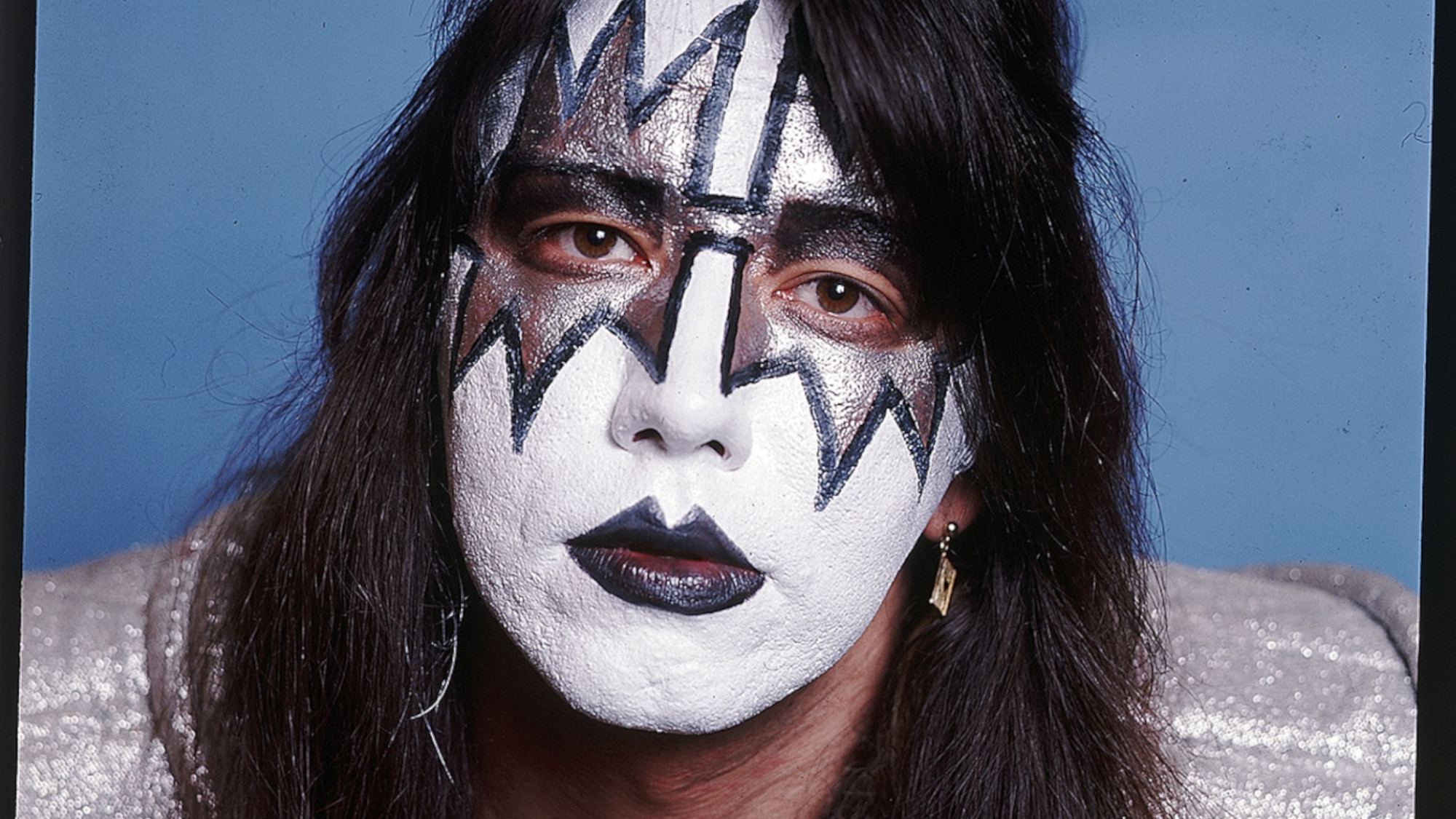 Kiss guitarist Ace Frehley
Kiss guitarist Ace FrehleyFeature The rocker who shot fireworks from his guitar
-
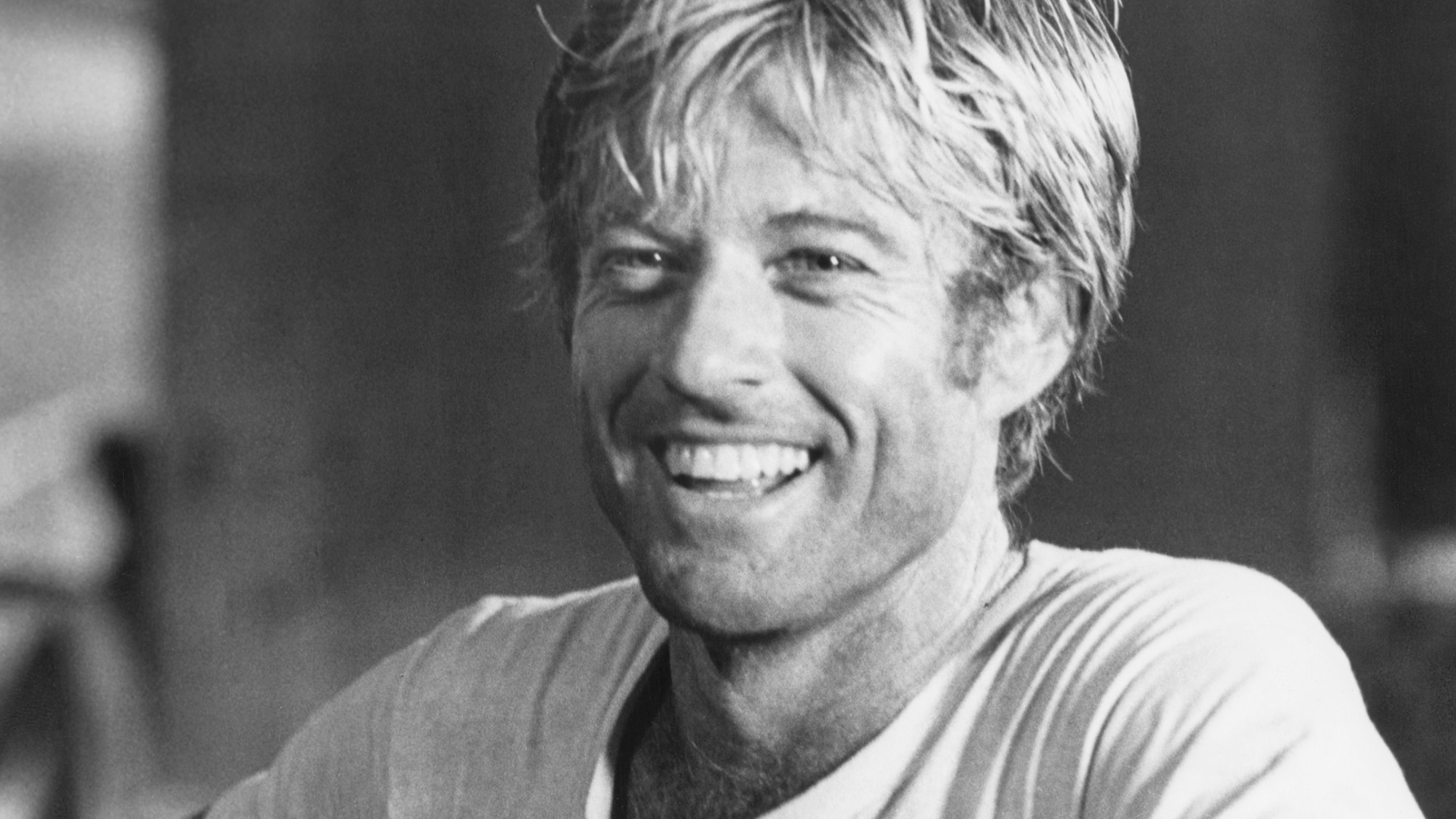 Robert Redford: the Hollywood icon who founded the Sundance Film Festival
Robert Redford: the Hollywood icon who founded the Sundance Film FestivalFeature Redford’s most lasting influence may have been as the man who ‘invigorated American independent cinema’ through Sundance
-
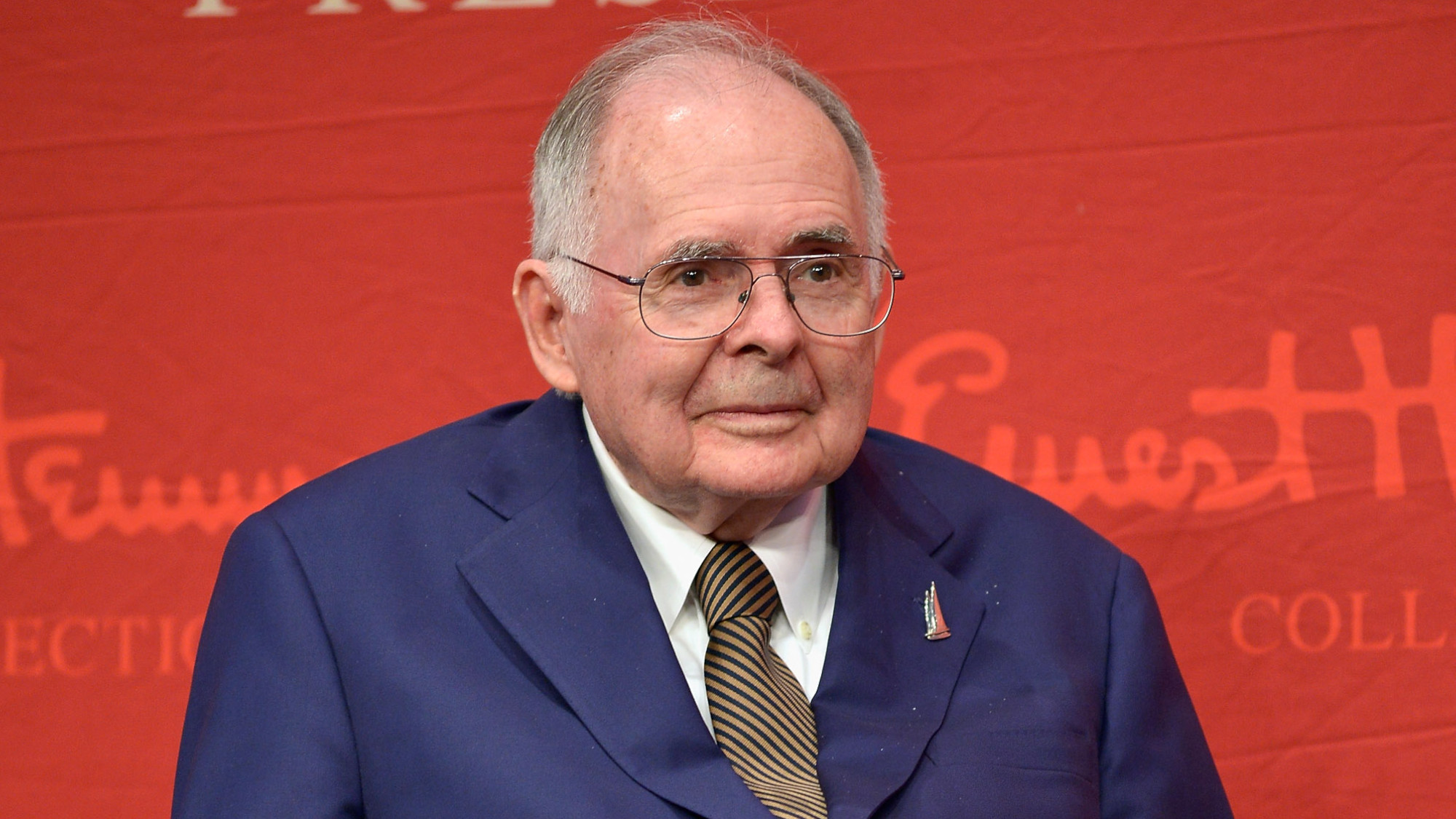 Patrick Hemingway: The Hemingway son who tended to his father’s legacy
Patrick Hemingway: The Hemingway son who tended to his father’s legacyFeature He was comfortable in the shadow of his famous father, Ernest Hemingway
-
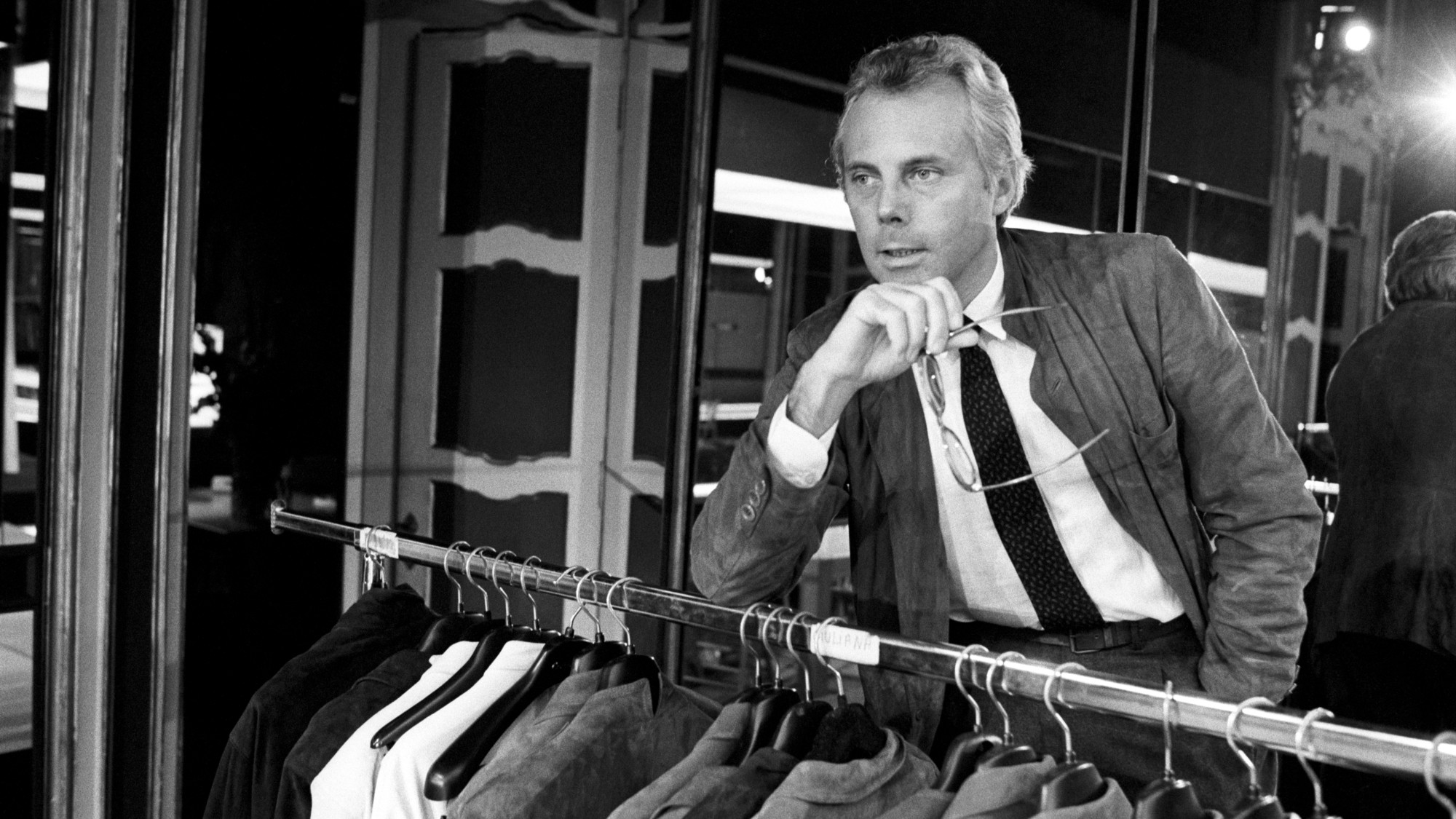 Giorgio Armani obituary: designer revolutionised the business of fashion
Giorgio Armani obituary: designer revolutionised the business of fashionIn the Spotlight ‘King Giorgio’ came from humble beginnings to become a titan of the fashion industry and redefine 20th-century clothing
-
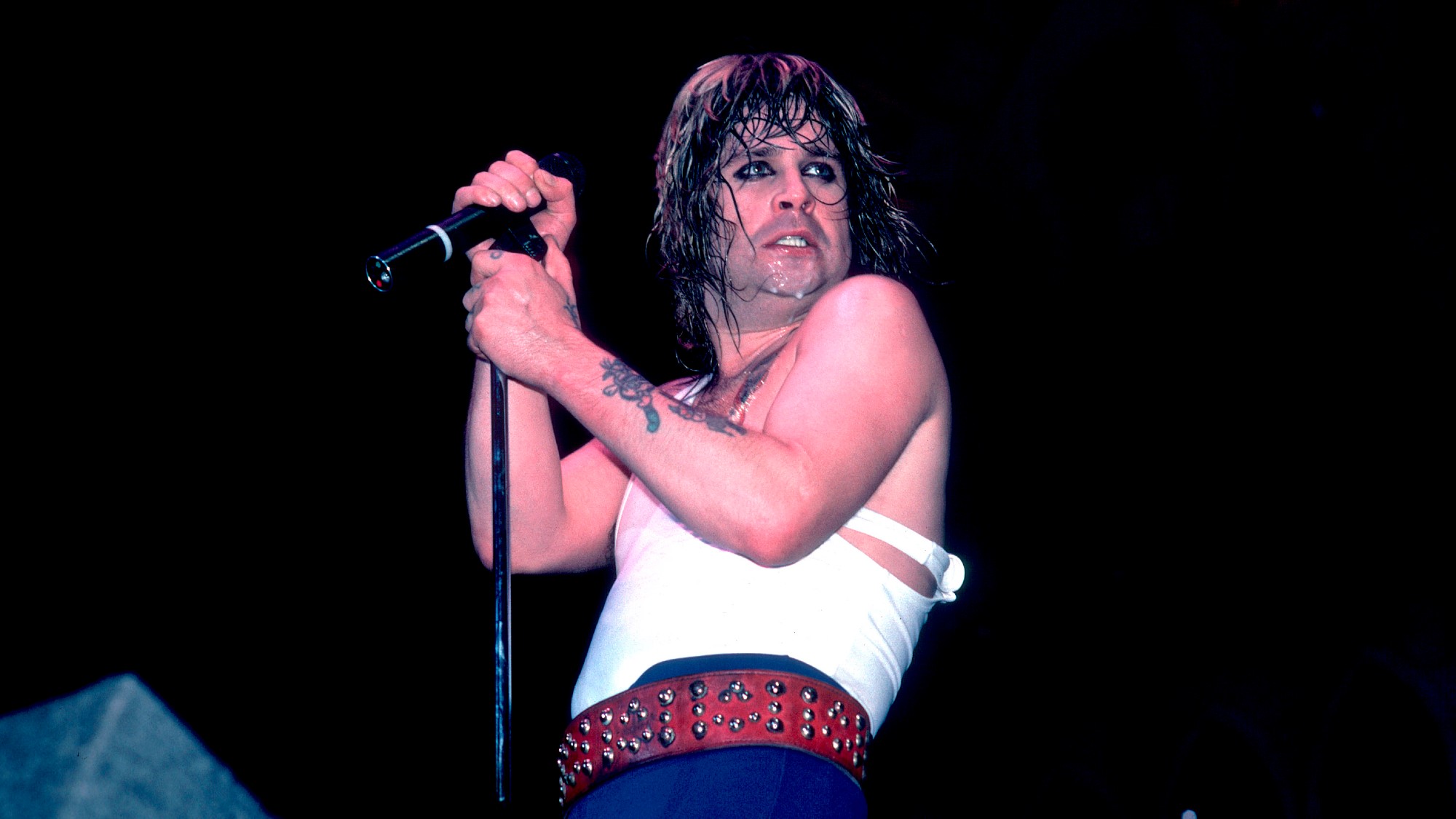 Ozzy Osbourne obituary: heavy metal wildman and lovable reality TV dad
Ozzy Osbourne obituary: heavy metal wildman and lovable reality TV dadIn the Spotlight For Osbourne, metal was 'not the music of hell but rather the music of Earth, not a fantasy but a survival guide'